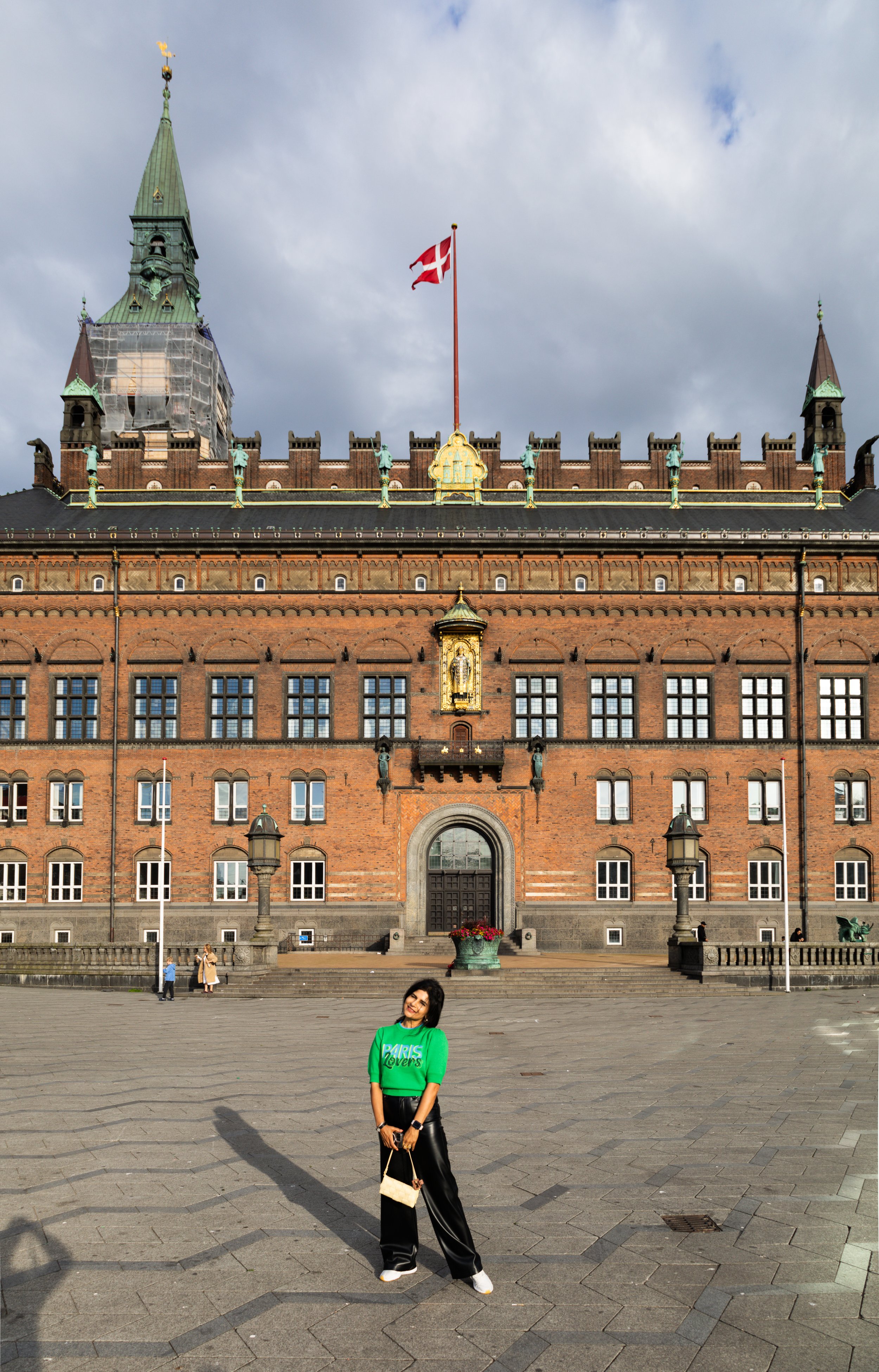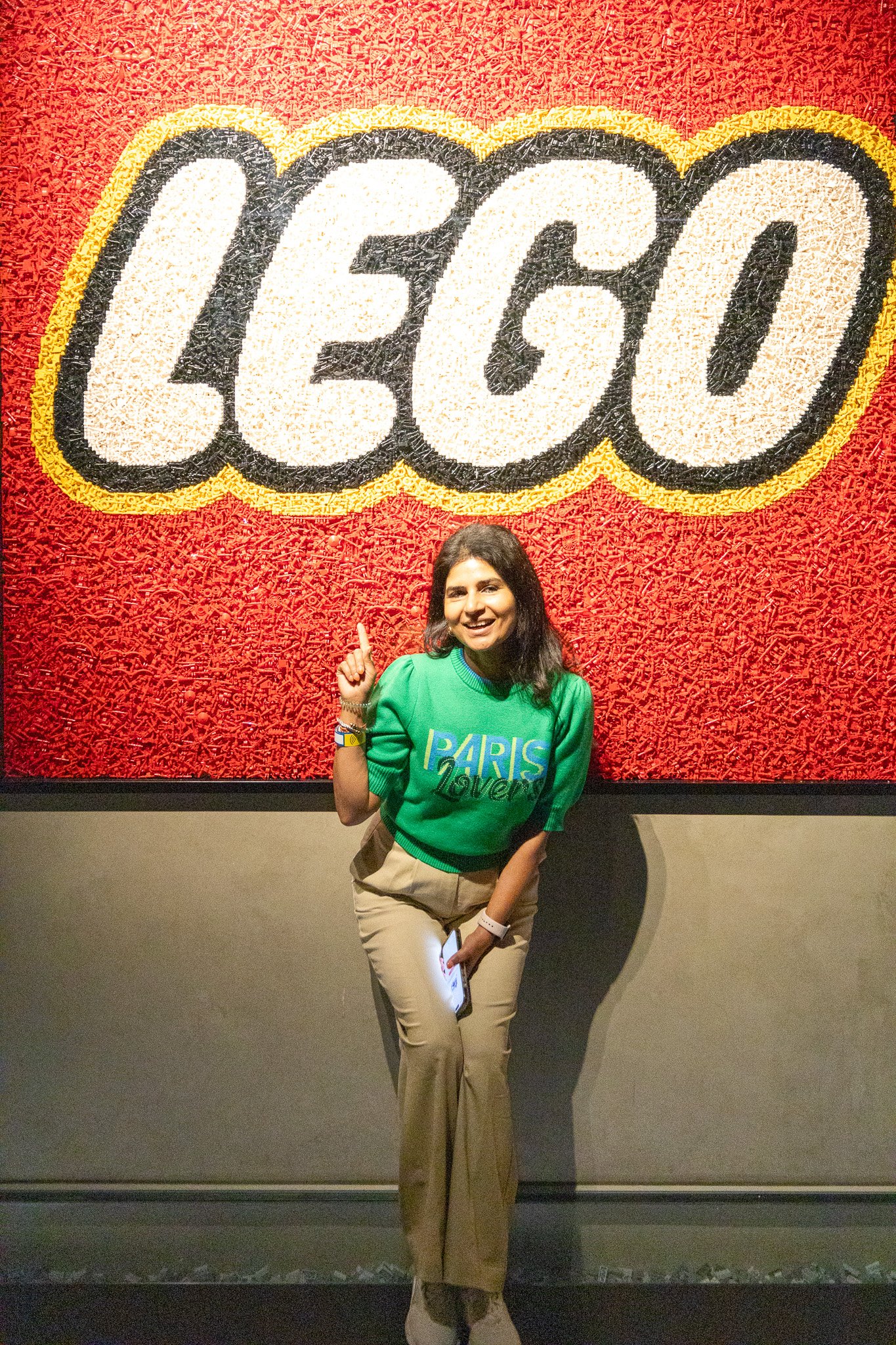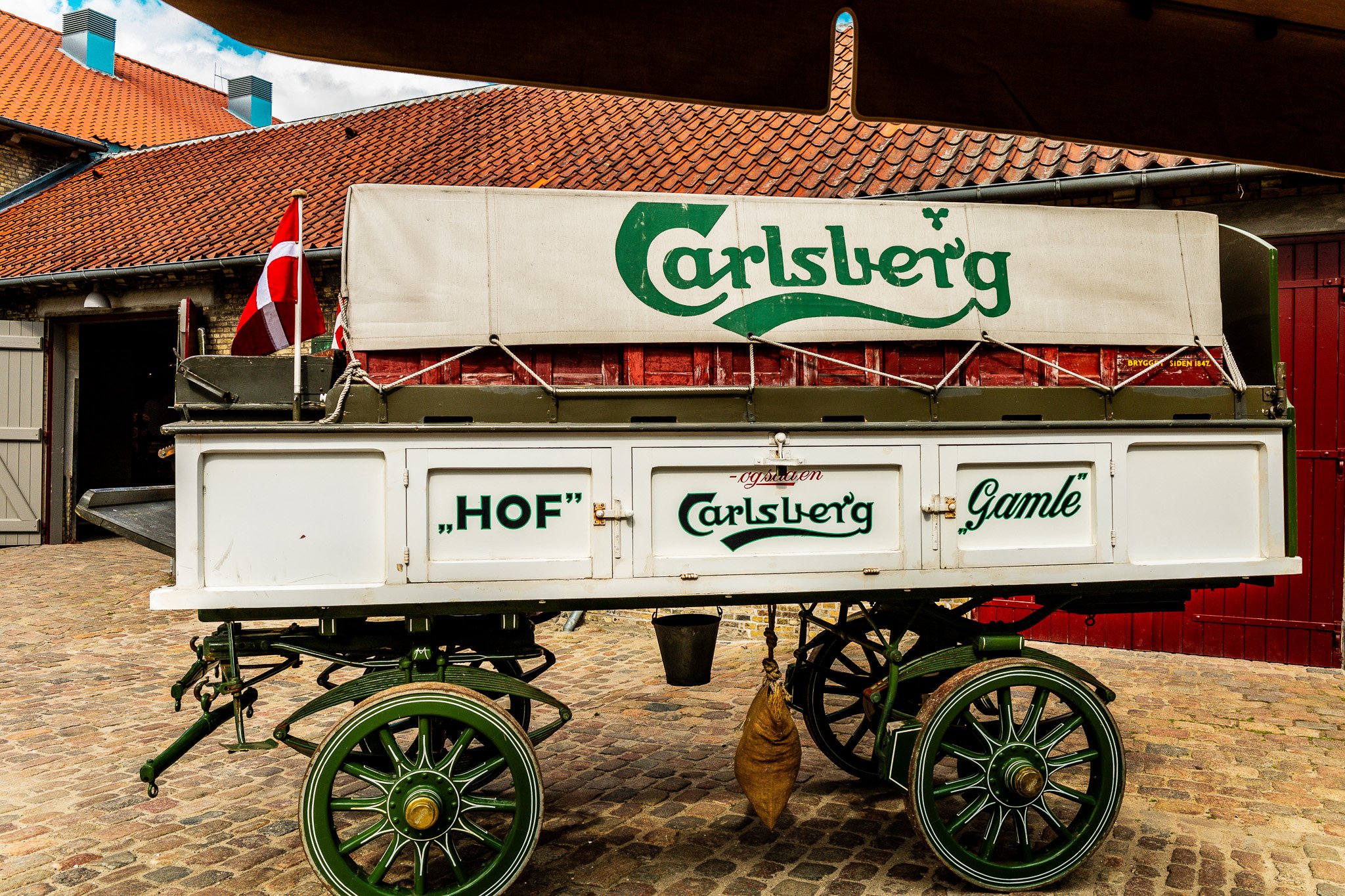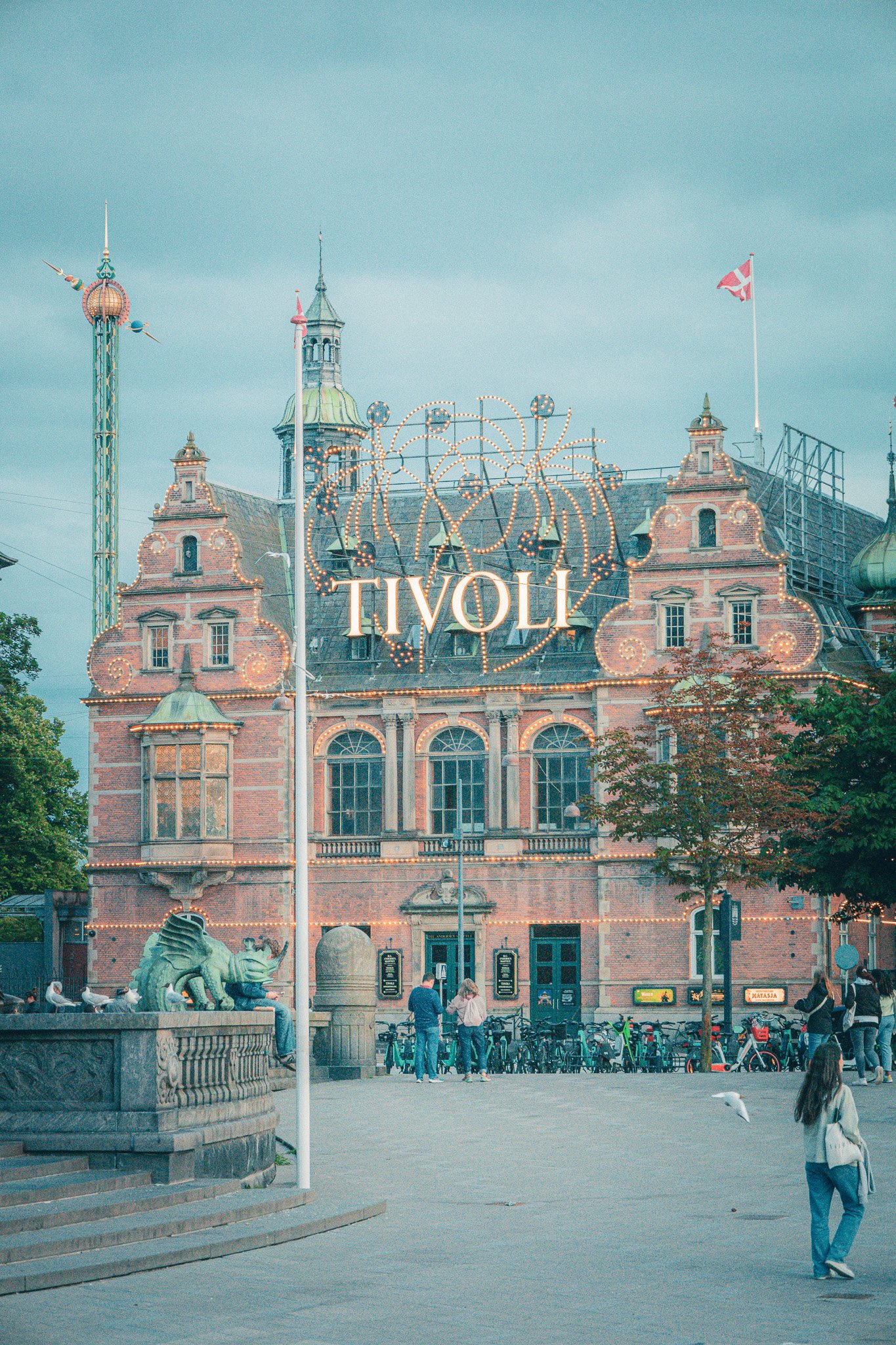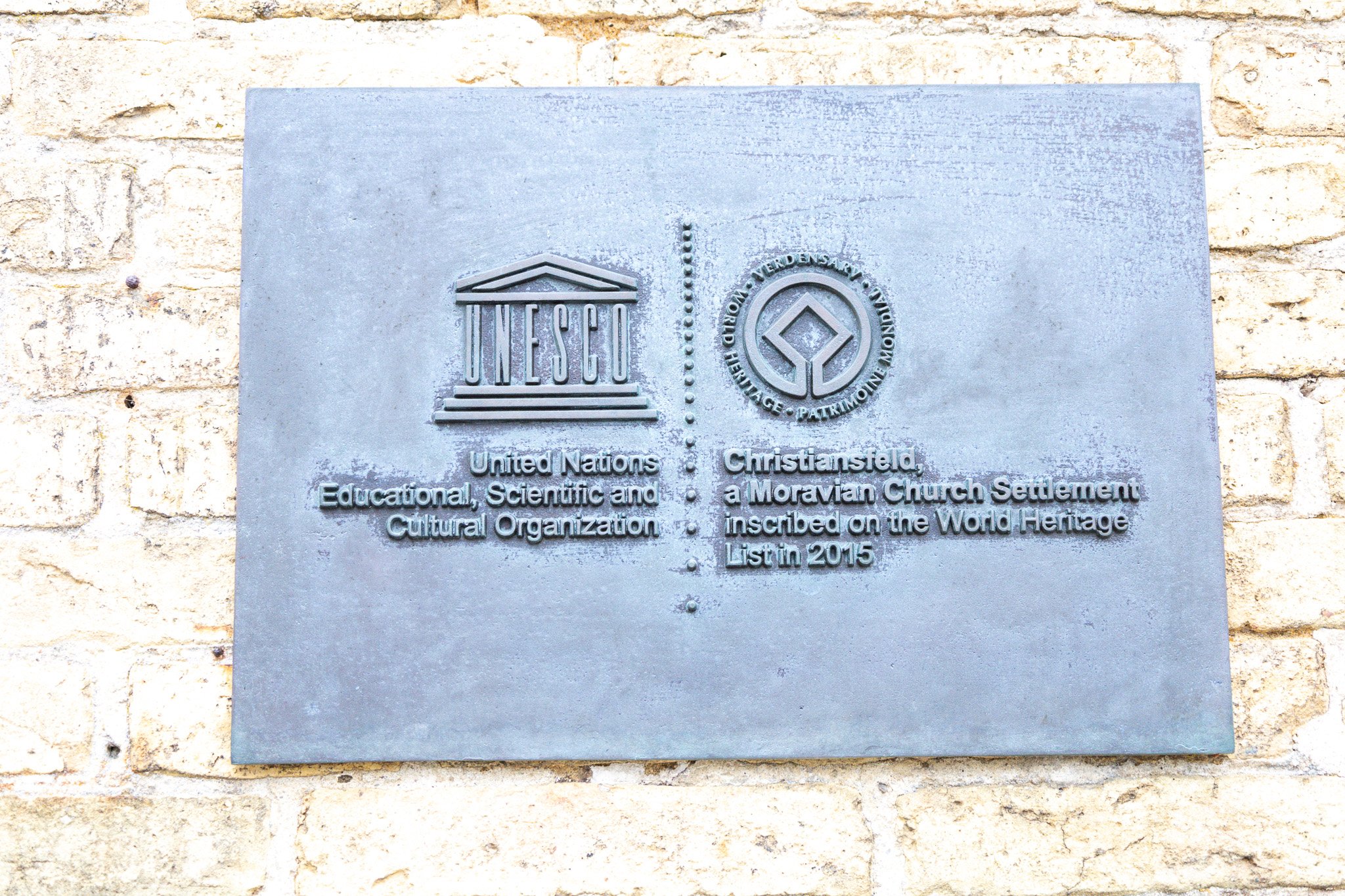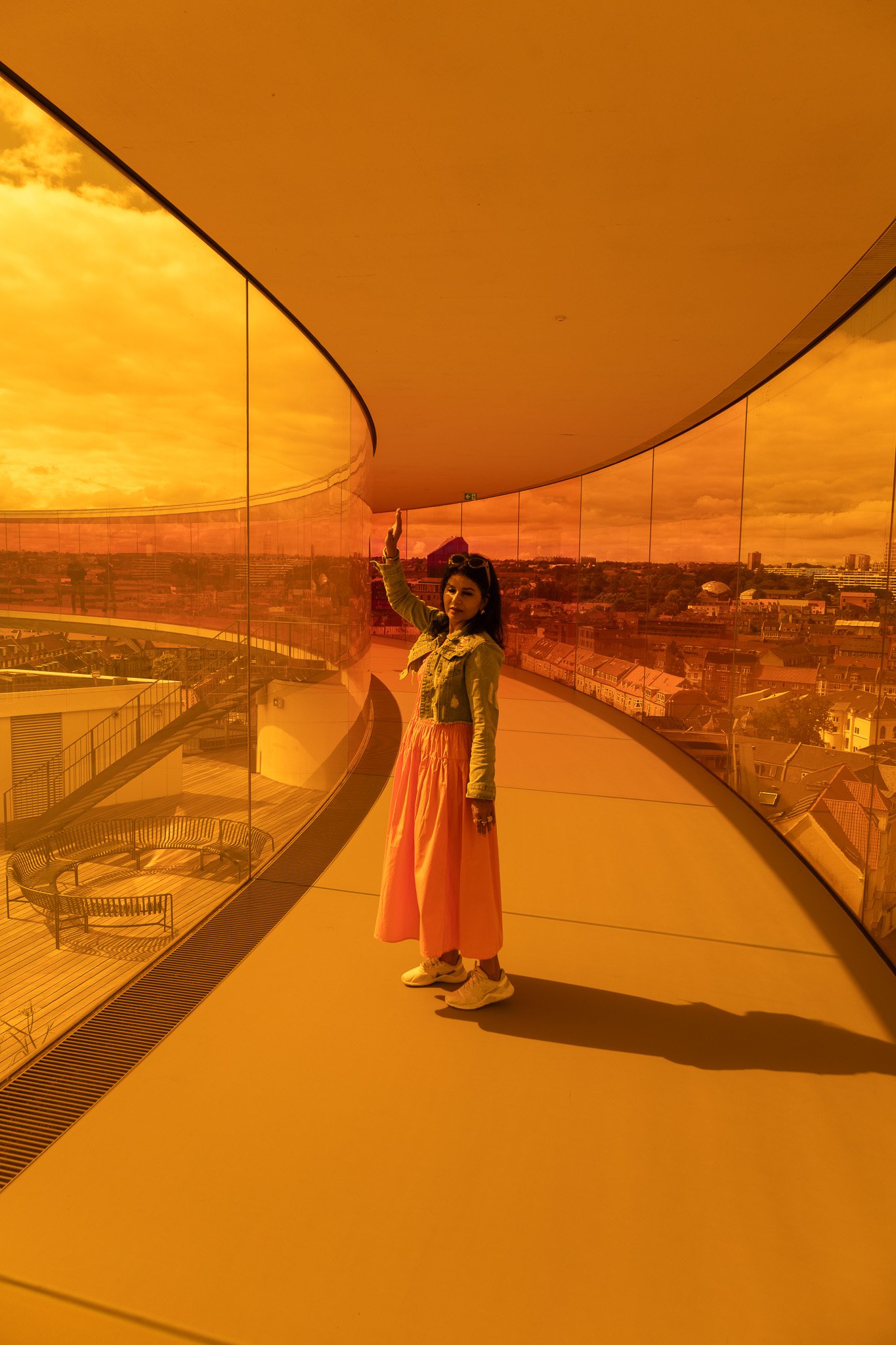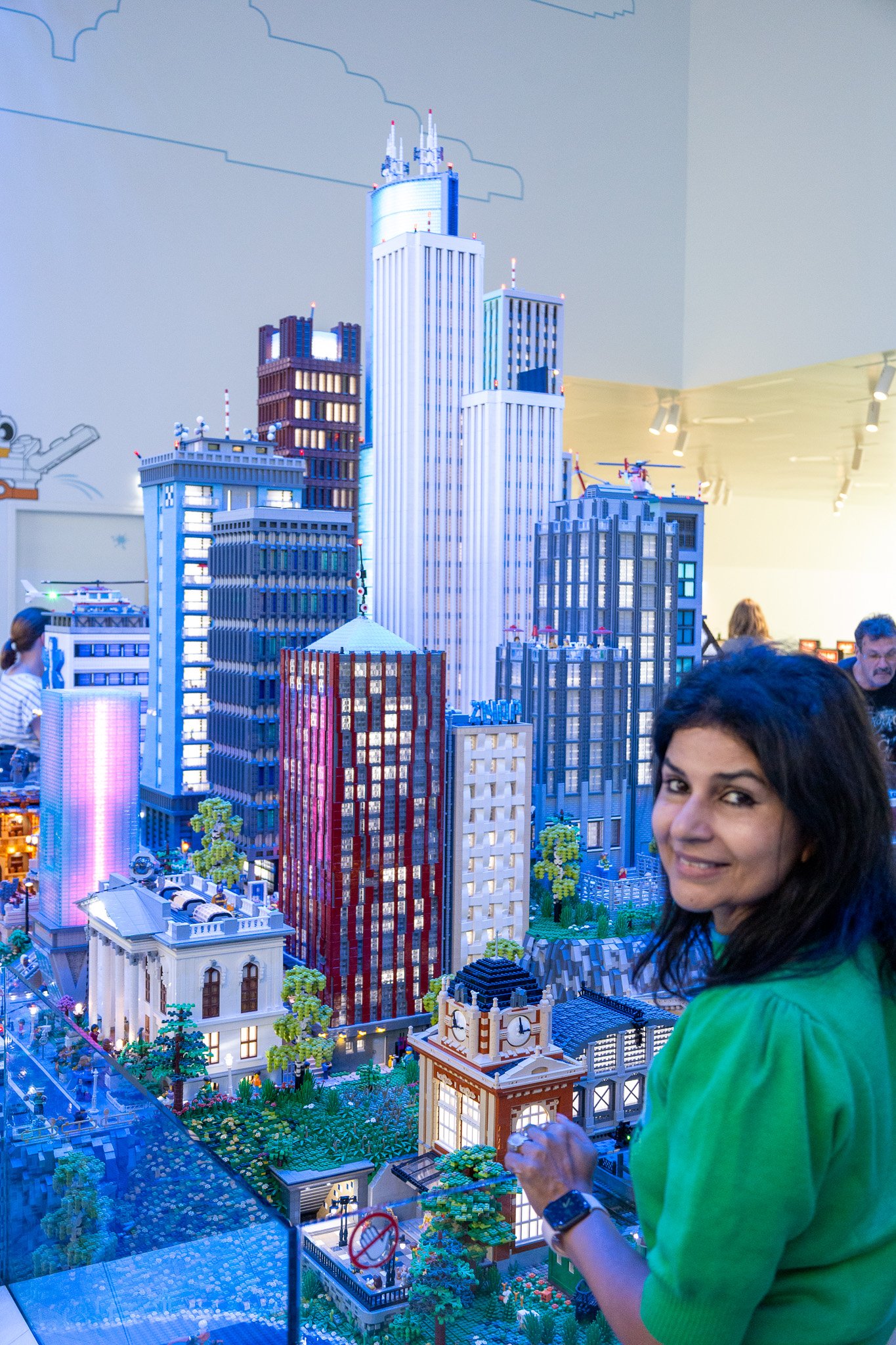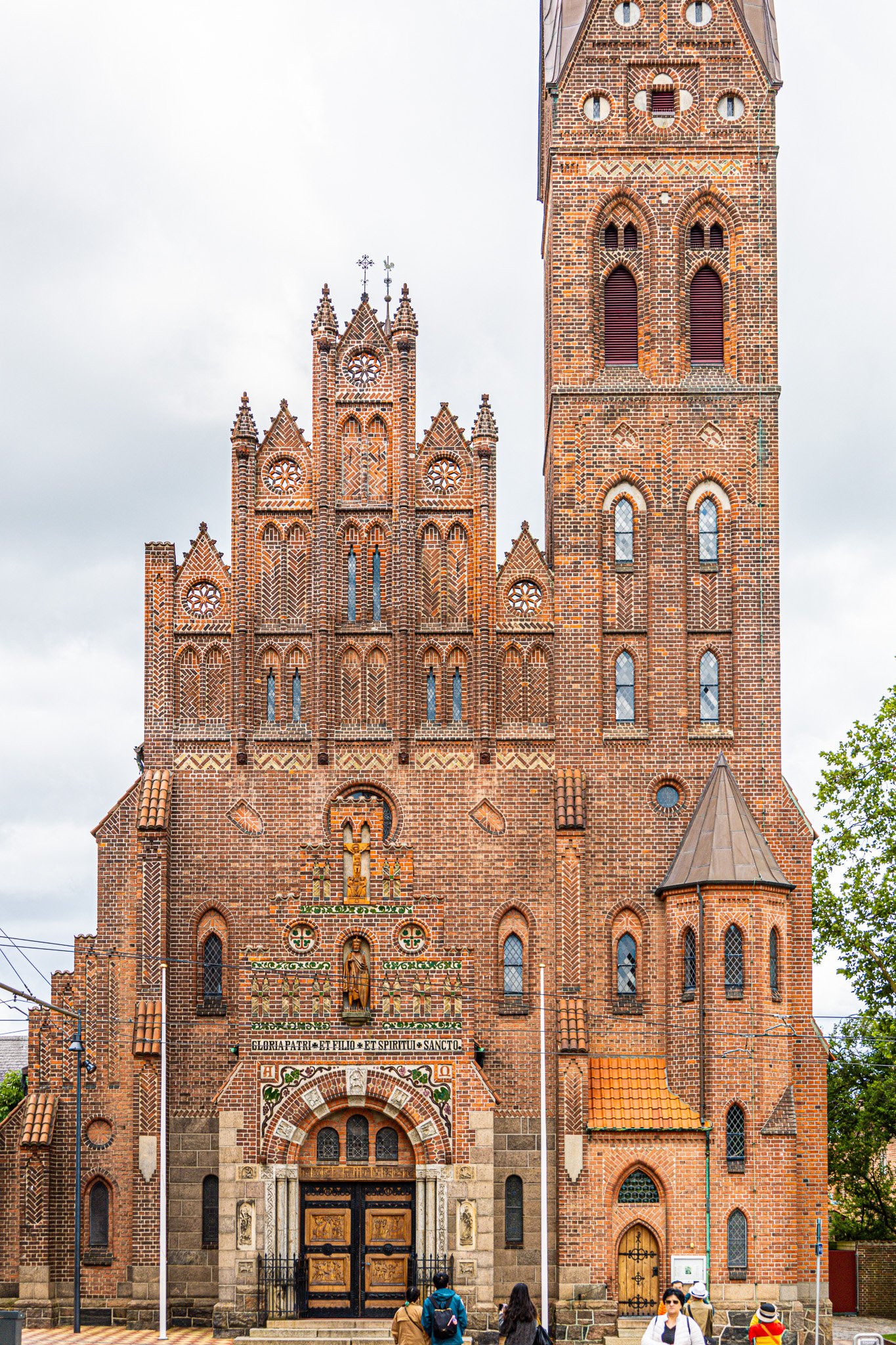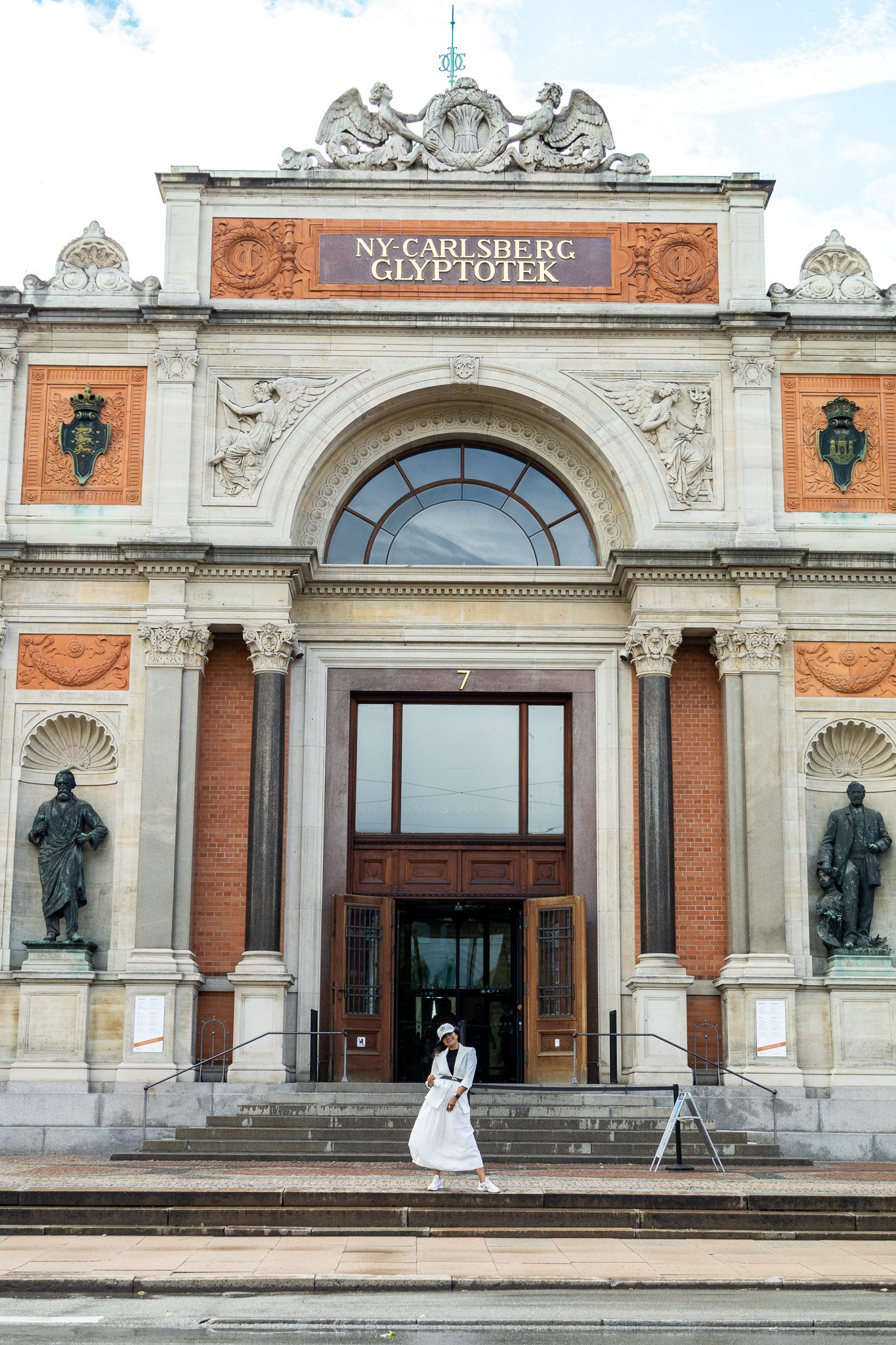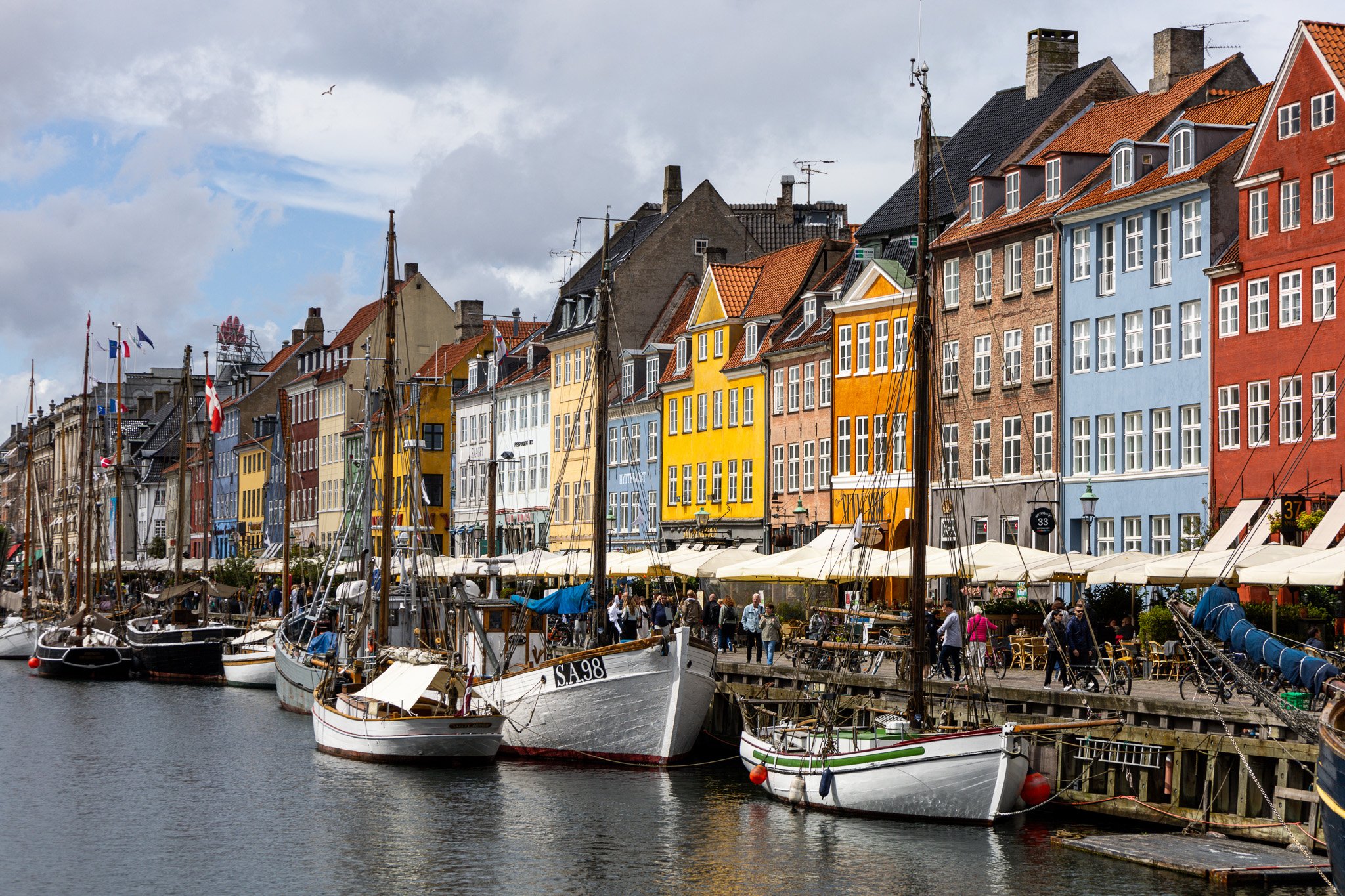
Denmark one week itinerary
How to spend a week in Denmark
Denmark is a country that enchants every traveler. From the historic streets of Copenhagen and the colorful houses of Nyhavn to the Viking history in Roskilde and the stunning landscapes of Skagen, there’s an endless array of experiences to discover in this charming Scandinavian destination. You can definitely enjoy the highlights over a few days,
This journey covers some other sights of Denmark and starts and ends in Copenhagen. Traveling through Denmark by train or car is quite efficient, with Copenhagen being the best hub for international flights, ensuring smooth arrivals and departures.
How to Get to Denmark
Copenhagen is the capital of Denmark, and several airlines offer frequent flights here, making it an easily accessible destination from many European cities due to its proximity.
The best time to explore Denmark is outside of the peak summer season, preferably in the spring (April/May) or autumn (September/October).
We chose to visit end of June/early July and found the weather to be pleasantly mild, perfect for exploring both urban and natural attractions. To be perfectly honest it didn’t have the insane crowds of southern Europe and Copenhagen by far is the only city that tourists seem to want to visit.
Our itinerary overview:
Day 1: Land in Copenhagen
Day 2: Drive to Aarhus
Day 3: Visit Aarhus
Day 4: Day trip from Aarhus
Day 5: Drive back to Copenhagen
Day 6 & 7: Explore Copenhagen
Day 8: Return home
Link to the map here:
WHAT TO EXPECT
Language: The most common language in Denmark is Danish, and many natives also speak English fluently, making it easy for travelers to communicate.
Currency: The currency in Denmark is called the Danish Krone (DKK).
Credit Cards and ATMs: Credit cards are widely accepted in most retailers, restaurants, and hotels throughout Denmark. ATMs are readily available in major cities and towns, and you can withdraw Danish Kroner as needed. Our experience was that credit cards are widely used and we didn’t need any local currency.
Plugs: Most plugs in Denmark are type C and type K. The standard voltage is 230 V, and the standard frequency is 50 Hz. A universal adapter with surge protection is recommended for travelers bringing electronics.
Safety: Denmark is generally considered very safe for travelers, including those traveling alone. However, as with any destination, it’s wise to stay aware of your surroundings and avoid less populated areas at night.
Clothing: It’s advisable to dress in layers due to the variable weather. Summer can be pretty cool too. Although it is very rare to find AC in most homes.
Day 1 : Arrive in Copenhagen
Arrive in Copenhagen. Since we arrived at different times from different areas we booked the Comfort Hotel for convenience. Since some of us arrived by early afternoon, we went into the city and had lunch at Borger – one of the best burger places in the city. After lunch we visited the Carlsberg brewery to learn more about beer making and do some beer tasting.
After the tour we had dinner at Delphine before getting back to the hotel.
Day 2: Drive to Aarhus
We picked up our cars around noon to drive to Aarhus. Aarhus is the second largest city in Denmark. The drive to Aarhus is about 3 hours. Our first stop was Christiansfeld, a UNESCO World Heritage Site renowned for its perfectly preserved Moravian architecture. This quaint town is like stepping back in time, with its symmetrical buildings, cobbled streets, and a serene atmosphere. The Moravian Church, with its simple yet elegant design, is a must-visit. Unfortunately, it was closed since we arrived late. So we just took some pictures here and left.
After soaking up the tranquility of Christiansfeld, I continued my journey to Aarhus, Denmark’s second-largest city. A stark contrast to the peaceful ambiance of Christiansfeld, Aarhus is a bustling metropolis with a thriving arts scene, modern architecture, and a vibrant nightlife. We checked into our Airbnb and called it a night.
Day 3: Visit Aarhus
Start your day with a visit to La Cabra bakery. The almond croissant here was one of the best I’ve ever had. The coffee and cardamom bun here is great too.
Visit:
ARoS Aarhus Art Museum: Famous for its iconic rainbow panorama on the roof, the museum offers a vast collection of contemporary and classical art.
Den Gamle By (The Old Town): An open-air museum that replicates a Danish market town from the 16th – 20th centuries, featuring historical buildings and exhibits
Aarhus Cathedral: The longest and tallest cathedral in Denmark, dating back t the 12th century with Gothic architecture.
Eat at Aarhus Street Food: A vibrant food market offering a wide variety of international and local cuisines. We found indian and nepali food here.
Day 4: Day trips to Jelling & Lego House
Aarhus offers a fantastic base for exploring Denmark’s rich history and culture. Just a short drive away lie two must-visit attractions: the Jelling Monuments and the LEGO House. This day trip combines ancient history with modern creativity, making it a perfect adventure for all ages.
Jelling: A Journey Back in Time
Our first stop was Jelling, a UNESCO World Heritage Site that holds immense historical significance. This small town is home to the iconic Jelling Monuments, two towering mounds and two rune stones that mark the birth of Denmark as a nation. The Jelling Museum offers a fascinating insight into the Viking Age, with interactive exhibits and artifacts that bring history to life.
LEGO House: A World of Imagination
After our historical immersion, we headed to Billund, home to the LEGO House. This architectural marvel is a playground for LEGO enthusiasts of all ages. From the moment we stepped inside, we were transported into a world of creativity. The interactive exhibits, challenging puzzles, and mind-boggling LEGO creations were simply awe-inspiring. We spent hours exploring the different zones, from the Masterpiece Gallery to the Story Lab
Day 5: Drive back to Copenhagen
We drove back to Copenhagen and this time stopped at Odense, the birthplace of the beloved storyteller, Hans Christian Andersen. The city has a magical charm, with cobblestone streets, half-timbered houses, and a fairytale atmosphere.
See:
The Andersen House: Step back in time and experience how Andersen lived as a child.
Odense Cathedral: Admire this impressive Gothic cathedral, a significant landmark in the city.
After lunch we continued to Copenhagen to return our cars and check into our Airbnb.
Day 6 & 7: Explore Copenhagen
See:
Nyhavn: This picturesque canal is Copenhagen’s postcard-perfect image. Lined with colorful buildings, charming cafes, and boats, it’s the perfect place to soak up the city’s atmosphere.
Freetown Christiania: This alternative community is a fascinating and controversial part of Copenhagen. Explore its unique atmosphere at your own risk
Ny Carlsberg Glyptotek, often simply referred to as the Glyptotek, is a must-visit for art and history enthusiasts in Copenhagen. This stunning museum houses an impressive collection spanning thousands of years, from ancient Egyptian artifacts to modern masterpieces.
Roskilde Cathedral is more than just a place of worship; it’s a living testament to Denmark’s royal heritage and architectural evolution. As the official burial church for Danish monarchs since the 15th century, it’s a treasure trove of history, art, and royal intrigue. Roskilde Cathedral is a short train ride away and will take about 1/2 a day. It is also a UNESCO world heritage site.
